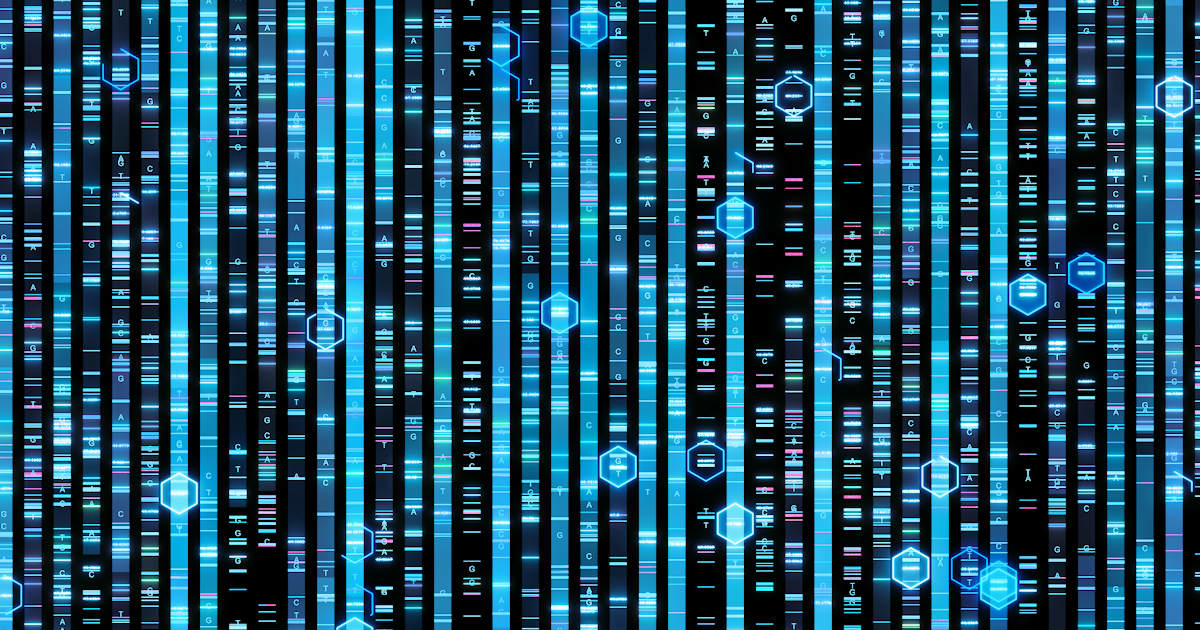
Field isolates are generally assumed to be heterokaryotic ( Cubeta et al., 1993). Homothallic mating behaviour has been reported for several AGs, including AG-1 to AG-4. At least four AGs (AG1-IC, AG-2-2 IV, AG-4 and AG-8) have heterothallic bipolar mating systems controlled by a single genetic factor with multiple alleles ( Toda & Hyakumachi, 2006). Several AGs in R. solani possess either homothallic (self-fertile) or bipolar heterothallic mating systems. Through the production of recombinant genotypes, sexual populations maintain higher genotype diversity than asexual populations that may have the same gene diversity ( Ciampi et al., 2008). AG-1 to AG-5) is frequently observed in agricultural fields ( Cubeta & Vilgalys, 1997). In most R. solani AGs and subgroups, the asexual stage is often predominant in the life history, although the sexual stage of many R. solani AGs (e.g. Also, information on genetic structure is important for elucidating the evolutionary potential of populations and for making predictions regarding the relative risks posed by the pathogen in terms of fungicide applications and breakdown of resistance genes ( McDonald & Linde, 2002). Knowledge of the genetic diversity within and among populations could be useful for investigating patterns of migration and cryptic recombination. These HGs were also shown to be three distinct phylogenetic species in a parsimonious tree based on phylogenetic analyses of rDNA-ITS sequences by Gonzalez et al. Three homogeneous groups (HGs), HG-I, HG-II and HG-III, within AG-4 can be differentiated based on colour of colonies and sclerotia formation on potato dextrose agar (PDA). Combined analyses of the internal transcribed spacer (ITS), 28S rRNA large subunit and β-tubulin genes revealed that the clade corresponding to AG-4 is as a phylogenetic species within the R. solani species complex ( Gonzalez et al., 2006). The fungus spreads via rain, irrigation or floodwater via tools or anything else that carries contaminated soil and via infected or contaminated propagative materials ( Agrios, 2005). In some hosts the fungus may even be carried in the seed. The pathogen usually overwinters as mycelium or sclerotia in the soil and in or on infected perennial plants or propagative material. In Iran, isolates of R. solani identified as AG-4 cause seed rot, post-emergence damping off and root rot of important crop plants including cucumber, bean, tomato, alfalfa, sainfoin, cotton, soyabean, sugar beet and pistachio ( Safaie et al., 1999). AG-4 is one of the most widely recognized pathogens of diseases incited by R. solani. To date, 14 AGs have been identified (AG-1 to AG-13 and AG-BI). Thanatephorus cucumeris is a basidiomycete species complex composed of different genetic or anastomosis groups (AGs) with a distinct degree of host specificity ( Gonzalez et al., 2001). This is the first study to consider the population genetics of the root and crown rot pathogen R. solani AG-4. The findings of departures from Hardy–Weinberg (HW) equilibrium, gametic disequilibrium and a significant excess of homozygotes in half or more than half of the loci were probably caused by the presence of null alleles and the Wahlund effect. High genotypic diversity, moderate clonal fractions and site-specific genotypes were consistent with mixed reproductive systems for the remaining populations.

Gametic equilibrium of most pairs of microsatellite loci and moderate genotypic diversity were found for two out of five populations, indicating that these populations were sexually recombining in structure. High to moderate levels of gene flow among populations was indicated by low to moderate differentiation between pairs of populations based on the fixation index ( F ST). Most of the multilocus genotypes (MLGTs) were unique, with few MLGTs shared among populations. The genetic structure of this pathogen was evaluated using seven microsatellite loci, focusing particularly on geographic differentiation.


A total of 190 isolates of R. solani AG-4 HG-I were collected from host fields in five provinces of Iran. Rhizoctonia solani anastomosis group 4 (AG-4) is a serious pathogen causing damping off and root rot in many important crop plants.


 0 kommentar(er)
0 kommentar(er)
